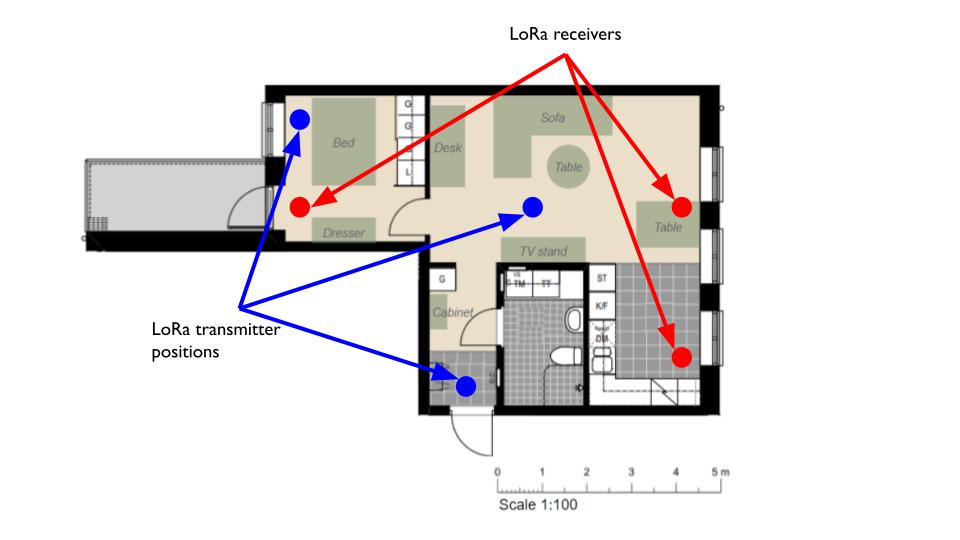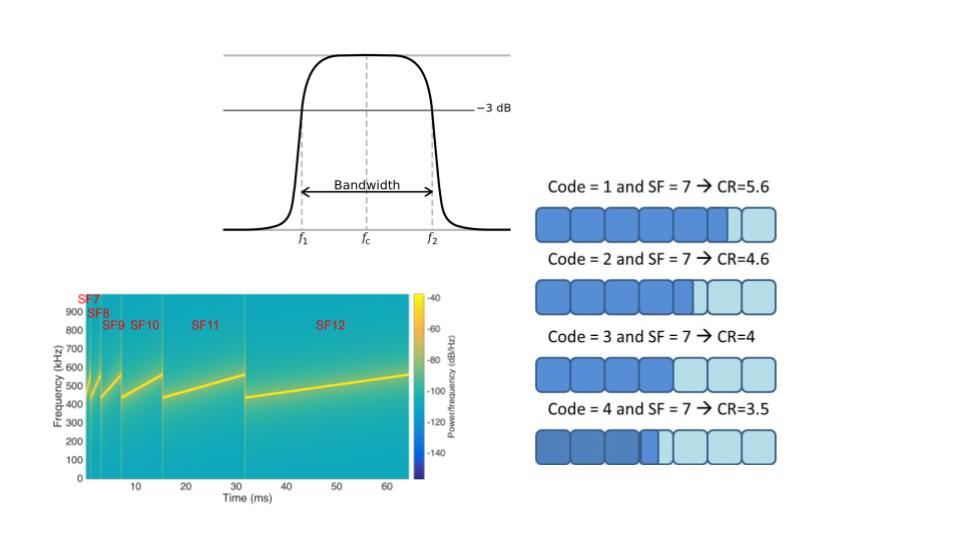An evaluation of LoRa transmission parameter selection for indoor positioning
While the global positioning system remains the most prevalent and well-known technology for locating devices outdoors, there are multiple technologies that can be used for indoor tracking and positioning. Among these are radio-based technologies, such as Long Range (LoRa).
LoRa is a radio frequency modulation technology for low-power wide-area networks (LPWANs), designed for long-range communication and Internet of Things applications. LoRa has been shown to be a feasible option for indoor positioning and has some advantages compared to mainstream technologies, such as WiFi and Bluetooth Low Energy (BLE). LoRa is more stable and resilient to environmental changes compared to WiFi and BLE and is more noise-resistant and multipath due to operating in the sub-GHz frequency band. It is common for LPWAN devices to provide a large number of transmission parameters to ensure effective and reliable communication. LoRa devices can be configured to use different spreading factors, bandwidth settings, code rate factors, and transmission powers, resulting in over 6,720 possible configurations.
Accuracy and precision are two important factors for positioning systems. Both high accuracy and high precision are needed to ensure reliability and efficiency in a positioning system. Our thesis investigates how the LoRa transmission parameters (spreading factor, bandwidth, and code rate factor) affect accuracy and precision when using LoRa for indoor positioning. An experimental study was conducted in a furnished indoor environment, where data was collected and analyzed in order to evaluate how the LoRa transmission parameters affect accuracy and precision in different non-line-of-sight conditions indoors.




